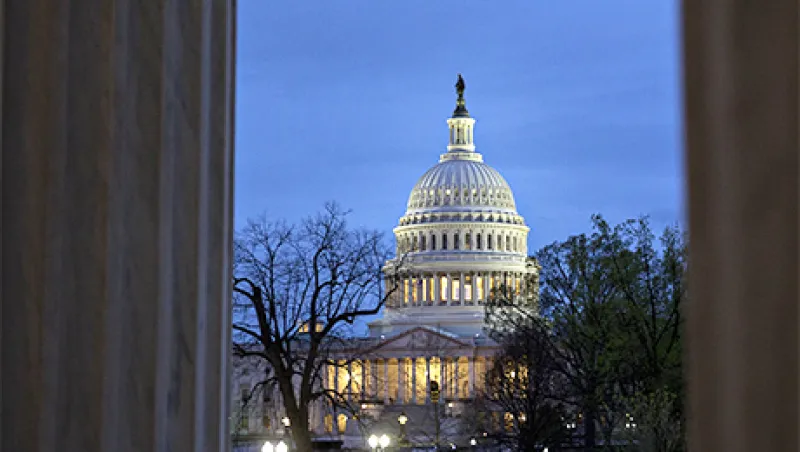
The New Risks Facing Money Market Funds
The SEC’s reforms to money markets pushed cash to government funds. Now treasurers are concerned about concentration in those securities.
Julie Segal
April 26, 2017



